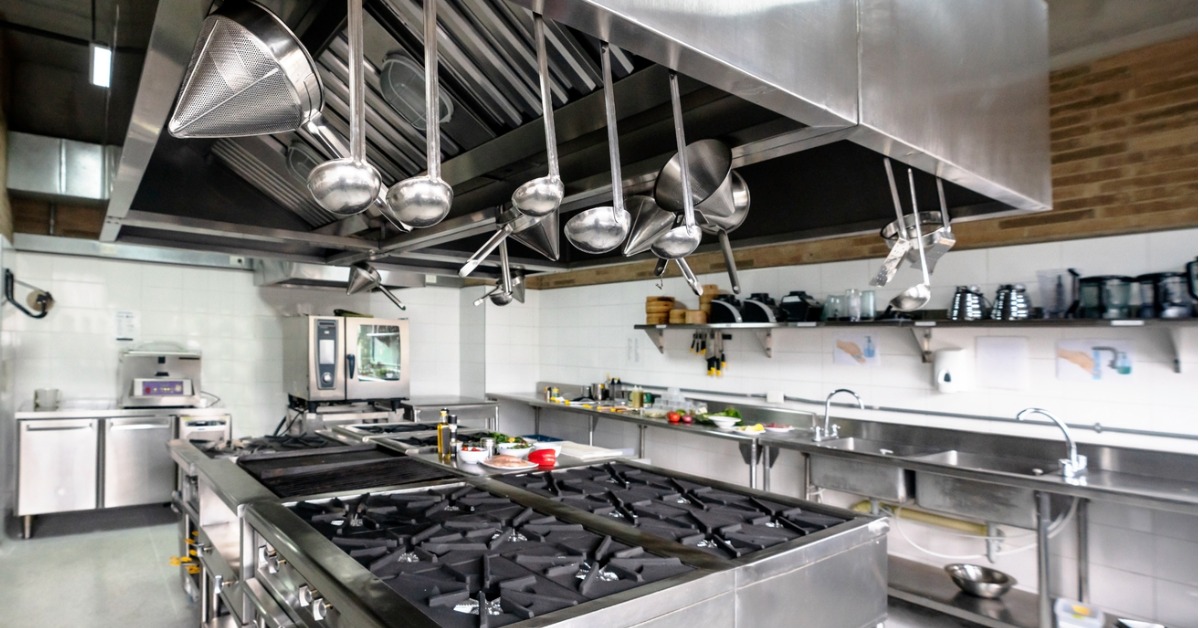
The cost of cross-contamination in the food manufacturing and preparation industry can be huge. In some cases, large numbers of people who fall ill due to cross-contamination issues may be able to sue the company, restaurant or manufacturer responsible. A restaurant that has a reputation for food poisoning can go broke and there’s no faster way than for a food manufacturer to lose a contract with a major supermarket than if they’re found to have a case of food poisoning. Often, the personal and economic costs are incalculable.
What is Cross-Contamination?
Cross-contamination occurs when bacteria or microorganisms transfer from one food item or object to another. There are five main practices that restaurants, kitchens and/or manufacturers can implement in order to prevent cross-contamination.
#1 Prepare Cooked and Raw Foods Separately
The most common cause of cross-contamination is when bacteria from raw food transfers to food that is ready to eat. The two food items don’t even need to touch for the transfer to occur. Bacteria from raw meat can contaminate a chopping board, knife or hands and, if not thoroughly washed, the bacteria can move on to a food item that won’t be cooked before consumption.
Preventing Bacteria Transfer From Raw Foods to Cooked Foods
Wash hands and all utensils thoroughly after preparing one food type before using them on another food type. Make sure all traces of food are removed and hot soapy water is used to kill any bacteria.
#2 Store Food Correctly
Storing foods incorrectly in coolrooms and fridges can also result in cross-contamination. Raw meat, particularly when defrosting, will have blood or juices drain off the meat. If meat products are stored on shelves above other food items, the juice can leak through open shelves and contaminate the food below.
Preventing Food Storage Issues
All meat should be kept in leak-proof containers and placed on the bottom shelf or in an area where there are no other food products that may be spoiled.
#3 Ensure Equipment is Properly Washed
Some kitchen utensils or equipment can harbour food particles and bacteria in nooks or crannies. If kitchen staff aren’t diligent with washing or checking that items are washed adequately, the bacteria can transfer to the next batch of food being prepared.
Preventing Cross-Contamination with Dishwashing
Before buying kitchen products, ensure they can be easily dismantled and cleaned properly. The most effective way of sanitising kitchen aids is in a dishwasher where the water can be much hotter than hand washing, which will kill bacteria and ensure that any washed items are safe to be reused in the kitchen.
#4 Clean Food Preparation Areas On the Go
Cleaning as you go is an important part of food preparation, as it ensures that surfaces and equipment are cleaned throughout any given day and night in order to maintain cleanliness and hygiene standards that are expected. This also helps to keep preparation areas free of clutter and bacteria that may otherwise build up during a shift.
How to Simplify Cleaning As You Go
Effective cleaning practices usually require a two-step process - clean the surface to remove any food particles or grime before sanitising. Using Chlor-Clean allows staff to cut cleaning time in half because the product can clean and disinfect at the same time.
#5 Changing Clothing and Footwear When Needed
A sterile food manufacturing facility can be contaminated from clothing and footwear that has been worn outside. Many food manufacturers ensure that workers' clothing worn outside the facility doesn’t come in contact with food or equipment. The employer may require workers to change or cover their clothes to ensure anything that comes into contact with food or surfaces in the commercial kitchen are sanitised.
Preventing Cross-Contamination Through Clothing and Footwear Practices
Rather than providing shoes to workers, their own shoes can be made suitable to wear in the facility with shoe covers. A cover over the entire shoe ensures any dirt or germs from soles of shoes aren’t introduced into food service or preparation areas. Shoe cover dispensers make it safe for staff to fit the covers over their shoes, because it eliminates the need to bend over or balance on one foot.
Be Proactive About Addressing Cross-Contamination
The number one cause of cross-contamination is human error. Most cases of cross-contamination and food poisoning risks in the food industry can be avoided when staff are provided with the right equipment and follow procedures.
Staff Training
There are many options for effective training materials such as e-learning, so it doesn’t matter how young or inexperienced they are, every worker can be trained. Food manufacturing staff need to know how cross-contamination can occur and how they can be vigilant about ensuring food products stay free of bacteria and contaminants.
Cleaning Products and Personal Protective Equipment (PPE)
Using the right cleaning products like Chlor-Clean, an effective disinfectant that is safe for use in food preparation areas, reduces the risk of cross-contamination. Providing the right personal protective equipment, such as shoe covers, can also help with keeping food preparation and service areas clean and greatly reduce the risk of cross-contamination.
For more information about Chlor-Clean or shoe covers, call us on 1300 29 32 32 or contact us online.